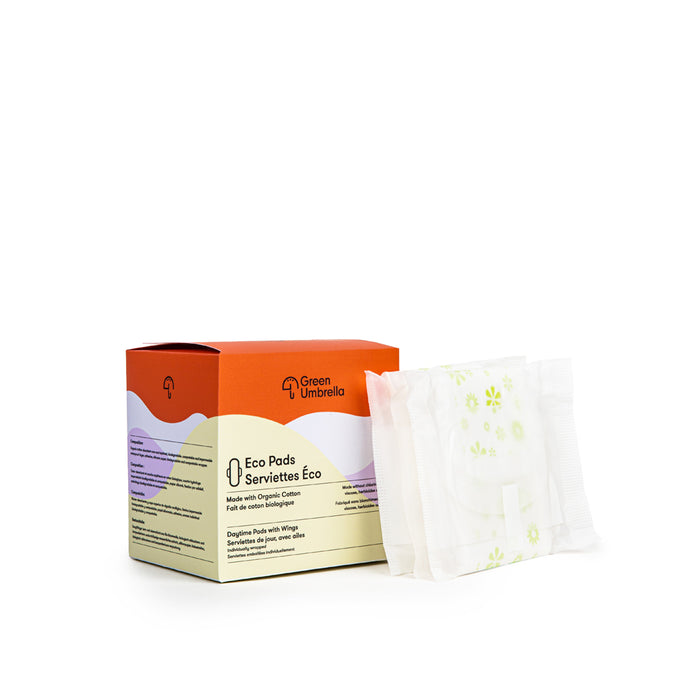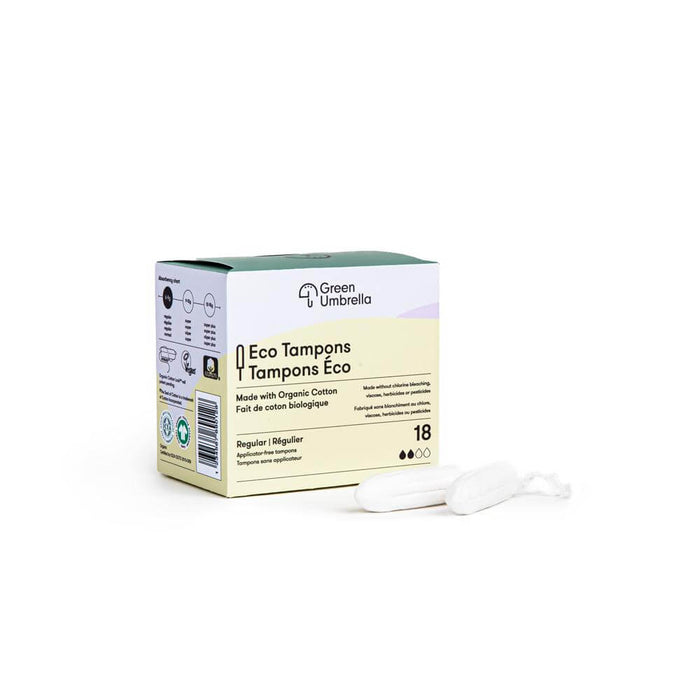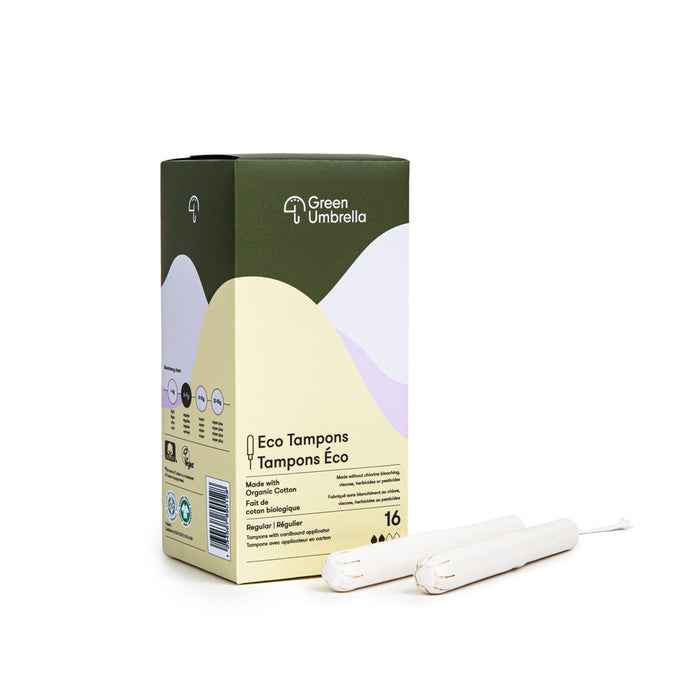Is there a problem with trendy, affordable clothes? It’s true that with the world at our fingertips, it’s incredibly easy to access endless amounts of goods, including every type of clothing. Increased consumerism and availability of products through the internet has influenced the consumption of cheap, trendy clothes that come with a hefty hidden cost. Our expanded access to goods has caused the demand for new products to be delivered on a continuous basis. The fashion industry has been catapulted into a new era of fast fashion in which a new “season” can happen every week.
While online shopping has provided global reach and tons of opportunity, it has distanced us from the products’ place and impact on the world. Cheap clothes carry a heavy price tag for the workers who make them and the environment as a whole. To meet our high demand, retailers like H&M, Zara, SHEIN, and Fashion Nova continually churn out low-quality pieces without regard for their impact on people or the planet.

Photo 1 – Unsplash via @theburbgirl
Fast Fashion Working Conditions
Garment factories around the world are responsible for producing most of the clothes we buy in North America. Production workers in the fashion industry are often severely underpaid and are likely to be exposed to dangerous and unfair conditions that negatively affect their health and safety. For example, many garment factories do not have emergency exits and lack basic access to drinking water and bathrooms. Workers are often denied sick leave and access to proper training and safety precautions. Factory fires, collapsing buildings, and lack of protection from dangerous chemicals are not unheard of in these international facilities. By continuing to purchase such products, consumers are reinforcing this supply chain and the unfair and unsafe conditions that these factory workers have to deal with.

Photo 2 – Unsplash via @yer_a_wizard
Environmental Impact of Fast Fashion
The sheer resources required to manufacture a single garment of clothing is unsustainable. It takes 2,700 litres of water to produce enough cotton to make a single T-shirt. According to the Ellen Macarthur Foundation, five trillion litres of water are used each year for dyeing fabrics alone. Aside from extremely detrimental levels of water use, most of the waste created from this process is improperly disposed of in waterways and landfills. Toxic chemicals for fabric treatments and dye are often deposited in streams and rivers, which will be absorbed into the earth, causing irreparable damage and decay to the planet and its inhabitants. Each year, through improper disposal of textile waste, half a million tons of plastic microfibers are dumped into the ocean. This is the equivalent of 50 billion plastic bottles.

Photo 3 – Unsplash via @marianne_krohn
So, What Can You Do?
Upcycle. Thrift. Swap with a friend. Shop sustainably for new pieces. Rent garments for special occasions. There are many ways to stop supporting the damaging practices of the fast fashion industry. It is most important to understand your purchasing power and to use your dollars wisely so that you can avoid giving further support to irresponsible garment production.
Finding fashionable and trendy clothes that won’t damage the planet is entirely achievable. There are many apps and companies dedicated to sustainable fashion, including ThredUp, Poshmark, and Tulerie. Creating a capsule wardrobe is another option to reduce your consumption of new clothing pieces. You can invest in timeless classics and thrift shop for trendy, seasonal items that won’t go the distance.

Photo 4 – Unsplash via @sarahdorweiler
Ultimately, the value of fast fashion items are not worth their cost to the planet and its inhabitants. Choosing alternatives to this catastrophic practice is an easy and affordable way to mitigate the impacts of climate change. Consider the value and implications of these items before you support unethical garment making in the fashion industry.











